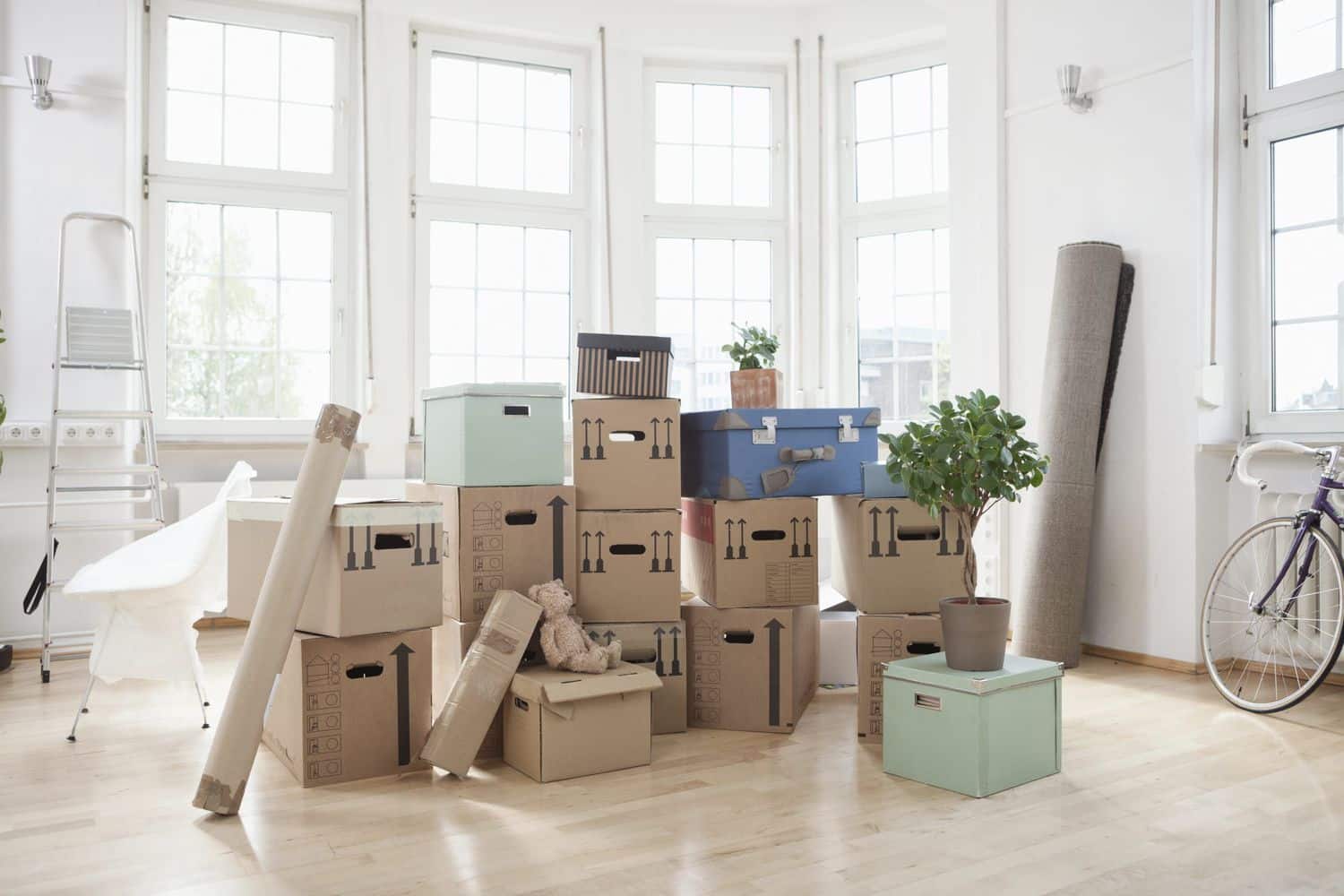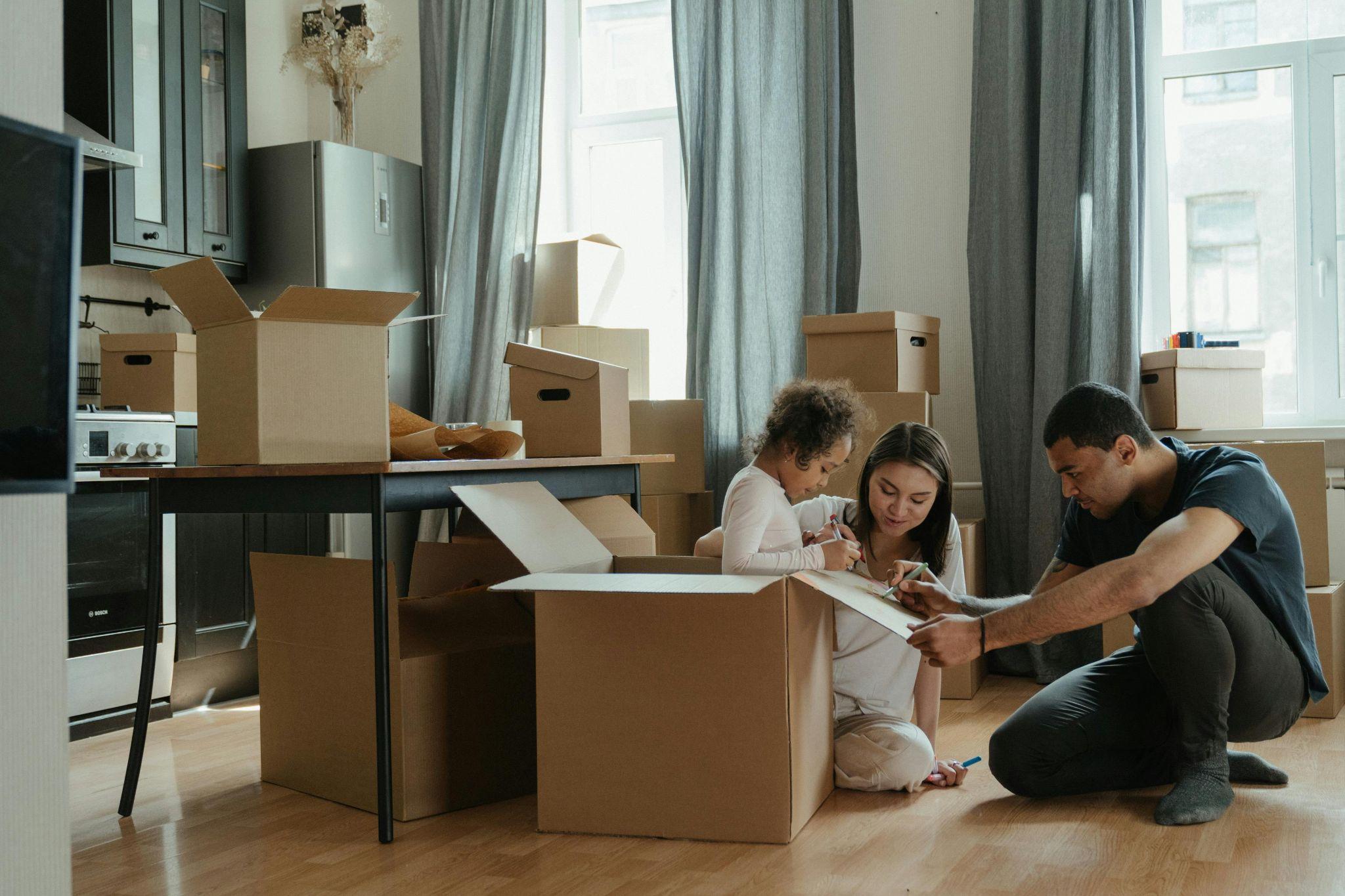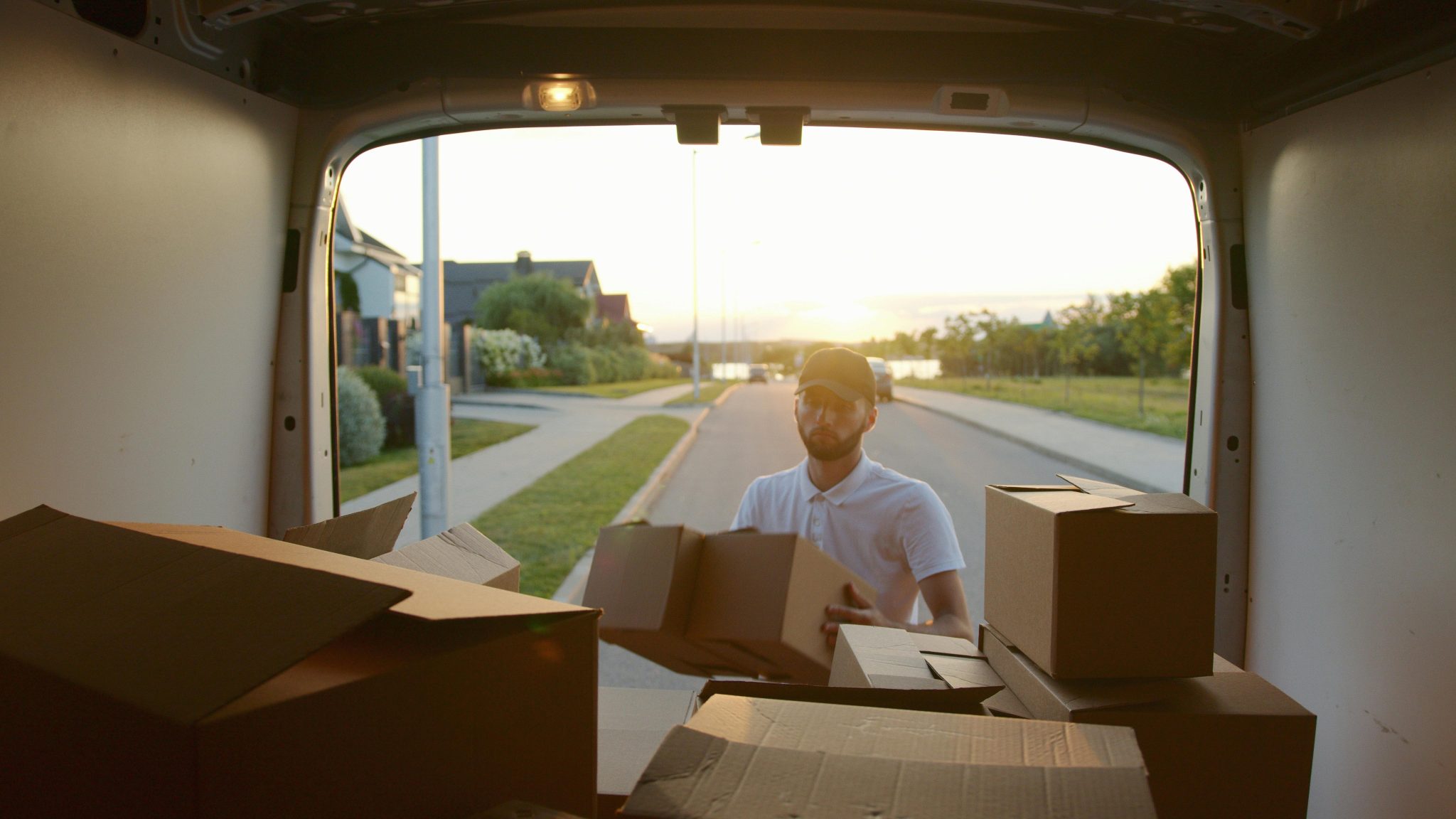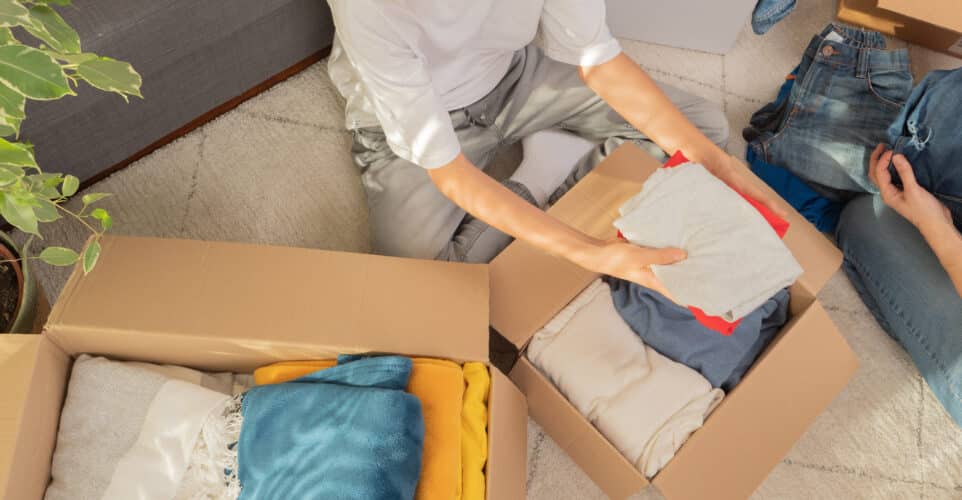How to Pack for a Move: Top Tips and Tricks
Moving to a new home is an exciting adventure, filled with fresh starts and new opportunities. While the thought of settling into a new space can be thrilling, the practical aspect of how to pack for a move can sometimes dampen the enthusiasm.
Packing smartly is crucial for a stress-free transition, ensuring that your belongings are not only secure but also organized upon arrival.
Many people love moving to their dream homes, envisioning the life they will build there, and a well-planned move can set the tone for a happy beginning.
Choosing the right moving company is essential, as it can make the difference between a hectic move and a seamless one. These professionals can handle the heavy lifting and logistics, allowing you to focus more on the exciting aspects of moving.
To successfully pack for your move, it’s important to start early, stay organized, and employ strategic packing methods that protect your items throughout the transition.
This guide aims to equip you with top tips and tricks on how to pack for a move, ensuring everything from your fragile items to your bulky furniture is moved efficiently and safely.
Begin with a Clear Plan

Create a Schedule
To avoid underestimating the time it takes to pack properly, set up a detailed packing plan. Begin at least one month before your move date.
Make a checklist that outlines what you need to do for each week – such as sorting through and packing non-essentials or prepping an essentials box – so that your packing process stays on track.
Take Inventory
Go through each room methodically and take stock of everything you own. Determine whether each item is something you want to keep, sell, donate, or throw away. This will not only help lighten your load when moving but also keep clutter out of your new place. Having a comprehensive inventory list also comes in handy for tracking items during transit.
Gather Supplies
Collect all necessary packing materials well ahead of time. You’ll want to have plenty of boxes, packing tape, bubble wrap, and permanent markers (for labeling).
Consider getting special containers for things like artwork, electronics, or fragile glassware too. For an eco-friendly approach, look into biodegradable packing peanuts or rent reusable plastic boxes; both options protect while minimizing environmental impact.
Efficient Packing Strategies

Room-by-Room Approach
Stay organized and work efficiently by tackling one room at a time during the packing process. Start with rooms that are used least often (guest rooms, storage areas) and move towards more frequently used spaces.
This allows you to keep better track of your progress and ensures that items from the same space remain together – which makes unpacking easier once you’re in the new place.
Label Everything
Come up with a detailed system for labeling each box. Instead of simply writing “kitchen” on every kitchen-related box, be more specific: “kitchen – pots & pans,” “kitchen – spices & dry goods,” etc.
This will save time during unpacking and help ensure essential items are easily accessible upon arrival at the new home.
Utilize Color Coding
Assign a different color to each room by creating a color-coded system. Use colored stickers, tapes, or markers to label boxes accordingly.
This visual method allows both you and movers (if applicable) to quickly identify where each box belongs, streamlining the moving and unpacking processes. For example, blue could represent a bedroom while green stands for a living room.
Protecting Your Belongings

Wrap Breakables
Individually wrap delicate items like glassware, ceramics, and electronics for added protection. Bubble wrap, packing paper, or even household items such as towels/blankets work well as cushioning materials.
Once wrapped, place these pieces in sturdy boxes – marked with “Fragile” in bold letters – that won’t collapse under weight or pressure. You may also want to include additional symbols like broken glass or arrows pointing up (indicating upright position) to indicate extra care is needed in handling them.
Fill In Gaps
Keep things from shifting around inside boxes during transit (which can cause them to break) by filling all empty spaces within each container with crumpled paper, foam padding, or soft objects like clothing/pillows.
This “buffer” technique absorbs shocks/vibrations during the move while holding items securely in place.
Seal Securely
To guard what is inside them, you must seal your boxes properly. Seal all box openings with good-quality packing tape and reinforce the seals by double-tapping heavy or fragile item boxes on the bottom and sides; otherwise, they might open by accident or get crushed while being moved if left unsealed.
Special Items Need Special Attention
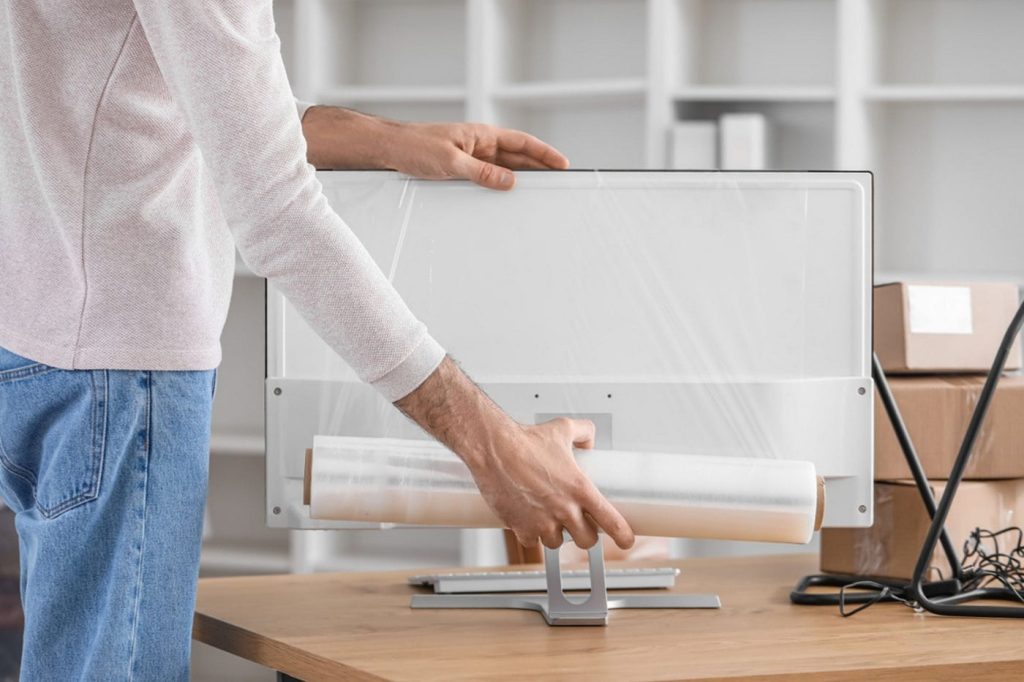
Electronics
When it comes to packing electronics, it is best to use their original packaging because these boxes are specifically designed to protect them during transit.
But if you don’t have the original boxes, prioritize using static-free packing materials so as not to spoil any sensitive electronic components including screens.
You may also consider wrapping each item in anti-static foam or putting them into anti-static bags before placing them in well-padded boxes. Additionally, take care to secure any loose wires or parts that might cause damage.
Artwork and Mirrors
Start by wrapping artwork and mirrors in glassine paper which protects water, grease, air, etc., thus preventing smudges or stains on the surface.
After that add another layer with bubble wrap for more cushioning effect especially if dealing with valuable and fragile pieces where custom crating would be appropriate for maximum safety precautions; just ensure it’s padded adequately inside outwards such that there’s no movement of art within the crate during transit due to size differences between both objects being shipped together.
Clothing
For hanging garments use wardrobe boxes with a metal hanger at the top which allows clothes to be transferred directly from the closet without folding hence preventing wrinkles while keeping them ready-to-wear upon arrival; roll non-hanging clothing instead of folding as this saves space in suitcases lined with soft packing material layers before placing rolled-up items inside standard boxes.
Keep Essentials Accessible
Essentials Box
Pack an essentials box (or “survival kit”) that will cover your needs during the transition from your old home to the new one when moving; toiletries like toothbrushes, toothpaste, soap, shampoo, etc., medications(phone charger), dishes(couple of plates/cups/utensils) screwdrivers/plier/flashlight and other tools(pliers/screwdriver kit), toilet paper rolls plus few snacks/bottled water/change clothes. Label clearly as such and load the last off truck first on for easy access upon arrival.
Important Documents
Be careful with important documents while relocating; passports, birth certificates, leases or rental agreements financial records insurance policies moving-related paperwork should all be gathered together in one place before being put inside separate secure containers like file boxes or briefcases which are labeled properly and then kept close-by throughout entire journey instead of hidden away inside moving truck where it may not be easily retrievable when required most urgently due to time constraints arising from various unforeseen circumstances that could lead to their loss or damage happening during transit.
Embracing a Smooth Transition
Packing for a move doesn’t have to be a daunting task filled with uncertainty and last-minute scrambling.
By adopting a structured approach, utilizing the right materials, and carefully planning each step, you can transform this challenging process into a series of manageable, even satisfying tasks.
Whether you’re an experienced mover or preparing for your first big move, these tips and tricks are designed to safeguard your belongings, optimize your packing space, and reduce the overall stress of moving.
Remember, the essence of a successful move lies not just in transporting items from point A to point B, but in ensuring that your possessions—and your peace of mind—are intact upon arrival.
Take it one box at a time, keep your checklist handy, and don’t hesitate to lean on these strategies to guide you. Here’s to your next great adventure in your new home, may it be smooth and joyful!

